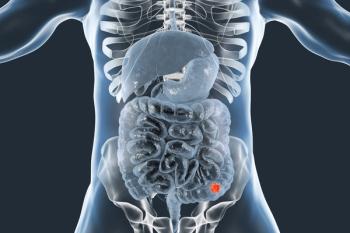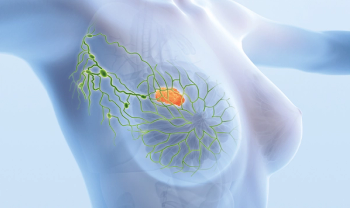
Researchers highlight DR-70 as a possible biomarker for early bladder cancer detection
Key Takeaways
- Serum DR-70 levels are higher in bladder cancer patients, especially in muscle-invasive cases, indicating potential for diagnosis and staging.
- Current diagnostic methods for bladder cancer are inadequate, necessitating reliable, non-invasive biomarkers like DR-70.
New research highlights DR-70 as a promising noninvasive biomarker for diagnosing and staging bladder cancer, potentially improving early detection strategies.
Published findings in
Bladder cancer is the sixth most common malignancy among men worldwide and ninth overall. At the time of diagnosis, the majority of cases (about 75%) are non-muscle invasive, which have more favorable survival results compared to muscle-invasive illness. Early discovery and precise staging are essential, as prognosis deteriorates markedly once the tumor infiltrates the bladder muscle.
Current diagnostic methods, including urine cytology, do not work very well, especially for low-grade illness, where sensitivity might be as low as 16%. Cytology's sensitivity is rarely more than 84%, even in high-grade sickness. Cystoscopy is still the best test, but it is invasive, expensive and hard on patients who need to have it done repeatedly. So, there is a strong demand for reliable, non-invasive biomarkers that can help with both diagnosis and illness stratification.
The existing gap in care centers is due to the lack of accessible, blood-based biomarkers for bladder cancer detection and staging. DR-70, an ELISA-based assay that measures fibrin degradation products, has been studied in colorectal, lung, breast and gastric cancers, but its role in urological malignancies remains underexplored. Given the hypercoagulable state induced by bladder cancer cells, DR-70 offers a biologically plausible marker for malignancy.
Musab Karakanli, M.D., a resident physician at Cemil Tascioglu City Hospital in Istanbul, Turkey, and his team led a prospective study that enrolled 84 patients aged 45–70 years presenting with macroscopic hematuria between January and July 2024. Sixty patients were diagnosed with bladder cancer, while 24 had benign causes such as urinary calculi or benign prostatic hyperplasia. Patients with confounding conditions, such as active infections, thrombosis, anticoagulant use or smoking, were excluded to minimize bias, as these factors can independently elevate fibrin degradation products.
The team used DR-70 ELISA kits to collect, prepare and analyze serum samples. Transurethral resection provided pathological proof of bladder cancer. Patients were divided into two groups: those who did not have muscle invasion (Ta, T1) and those who did (T2). The DR-70 levels were then compared between the two groups. Statistical analyses comprised Mann-Whitney U tests, ROC curve analysis and chi-square tests for predictive values.
From a diagnostic performance standpoint, at a cutoff of 1 U/mL, DR-70 demonstrated 73.3% sensitivity and 66.7% specificity for bladder cancer detection, with a positive predictive value of 84.6% and a negative predictive value of 50%.
As a correlate for disease severity, DR-70 levels were significantly greater in patients with muscle-invasive bladder cancer (median 2.66 U/mL) compared to those with non-muscle-invasive bladder cancer (median 1.06 U/mL, p = 0.021). For distinguishing muscle invasive bladder cancer from noninvasive, a cutoff of 1.1 U/mL yielded 72.7% sensitivity and 63.3% specificity. Importantly, the negative predictive value was 91.2%, suggesting DR-70 may be particularly useful in ruling out muscle invasion.
The authors conclude that DR-70 holds potential as a noninvasive biomarker for the detection and staging of bladder cancer. Although its sensitivity and specificity are inadequate to supplant cystoscopy or imaging, DR-70 may function as a supplementary test, especially in patients with hematuria. Its capacity to forecast muscle infiltration may additionally guide therapy planning and monitoring procedures.
Nonetheless, the limitations encompass the comparatively small sample size and the exclusion of individuals in advanced stages. The authors stress the necessity for more extensive, multicenter trials to confirm the efficacy of DR-70, investigate its function in recurrence monitoring, and evaluate if urinary DR-70 measurement could further improve noninvasive testing.
Newsletter
Get the latest industry news, event updates, and more from Managed healthcare Executive.


















































